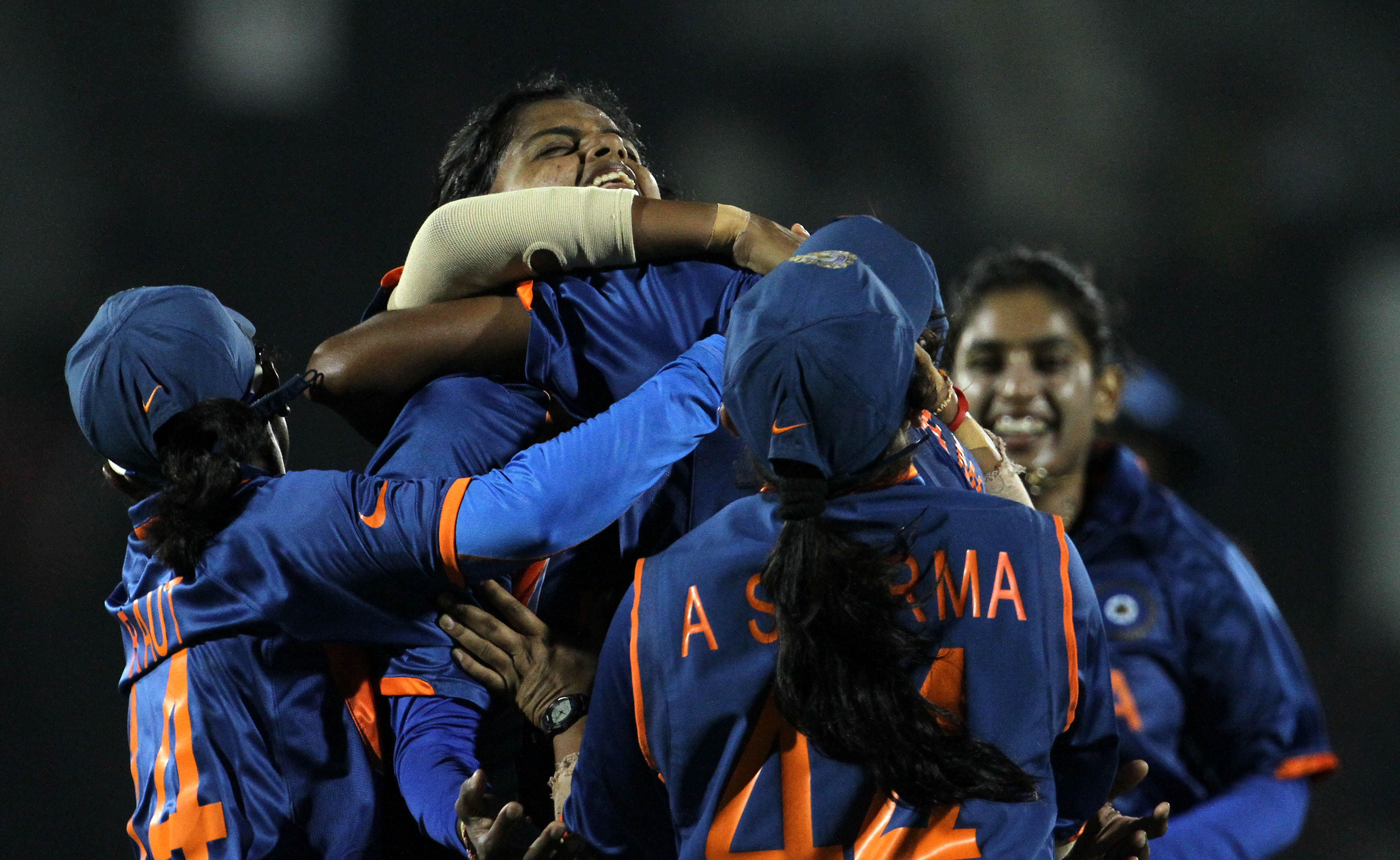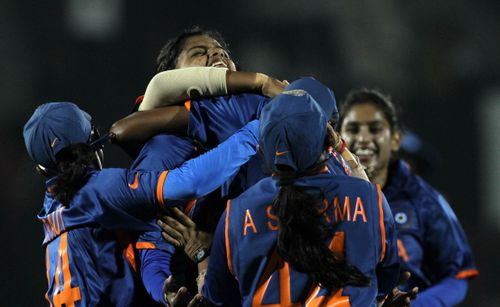
Women's World Cup: facts call for a reality check
International women’s cricket is almost as old as Indian cricket. Yet, their game has very few takers. Currently, the 10th edition of the Women’s World Cup is being held in India. If I were to ask you when the men first played a World Cup for the first time, I’m sure the prompt answer would be 1975 in England, which was won by West Indies under the captaincy of Sir Clive Llyod.

Unfortunately, India bowed out of the WC in the first round.
Whoooh! That’s a lot of redundant information.
But did you know for a fact that the first Women’s World Cup was played in 1973? Yes, the inaugural Women’s World Cup was held in England in 1973, which was won by England. Unfortunately, the state of their cricket has remained sordid four decades down the line.
Sports requires a lot of physical fitness, strength and stamina. Apart from that, mental grit plays an important role. Again, if anybody asked you, what is the highest team total in men’s ODIs, the answer would be immediate. Sri Lanka scored 443/9 against Netherlands in July 2006, shortly after South Africa’s heroics of chasing down Australia’s 434/4.
How would you feel if I say that the women have bettered this record?
New Zealand women scored 455/5 against Pakistan women in January 1997. They then skittled Pakistan for a mere 47 and won the match by a massive 408 runs; yet another record better than their male counterparts.
We are proud of Sachin Tendulkar and Virender Sehwag for being the only men to cleave the threshold of 200 runs in an innings in ODIs. But their records are recent. Not old and forgotten. Belinda Clark, representing Australian women in the Hero Honda’s Women World Cup 1997, smashed an unbeaten 229 (155 balls) against Denmark Women, a world record, which still stands today. Sehwag’s 219 and Sachin’s 200* are way off the mark. Australia women went on to win the game by 363 runs, which is a world cup record, better than the men’s record.
Indian men have participated in the coveted Asia cup for 10 times, winning the title 5 times, the last title coming under the leadership of MS Dhoni is 2010. However, the Indian women are yet to ‘lose’ a match in their 4 Asia cups so far. This simply implies that Indian women have an amazing record of 4 titles in 4 attempts, winning all 20 games played by them.
The facts look impressive. But the fact is that the state of women cricket is not so impressive.
Imagine CWC 2011 being held in just two cities – Mumbai and Cuttack and the matches being played at grounds never heard of. Even the matches held in Mumbai are not being played at the Wankhede stadium because a lesser known Irani Cup match is being held there. Such discrimination towards an international event, which is underpinned by ICC authorities surely raises some eyebrows regarding their seriousness in promoting the women’s game.
The prize money offered to the winner of the tournament is approximately one-tenth of what was offered in CWC 2011. The sponsors, promotion and media coverage for this event is evidently low. What’s more troubling is the indifference of the public towards their game. If the public remains oblivious of the progress of an international event of such stature, how are we going to encourage the girls in the society to take up sports as a career option? Even ICC’s official website contains no content regarding the tournament’s progress. The homepage only shares a hyperlink to another dedicated website.
We need no reminder about who were the main sponsors of CWC 2011. Two years down the line I can still easily recall MoneyGram International, Reliance Communications, PepsiCo, Hero Honda, LG and Yahoo! When I think of the sponsors of Indian team, I distinctly remember Nike and Sahara. But I find both of them missing from the women’s jersey.
Our nation has had a lot of hue and cry regarding gender empowerment, gender equality and respect towards women. But the source of respect should not only be absence of molestation, rape and no eve-teasing, respect should come in the form of motivation, encouragement and recognition of their efforts and achievements. If the sport authorities in India and the public put together start recognizing women’s excellence in sports in a way at par with men, they surely have a way to go.
A good starting point to give Women’s World Cup true recognition is to find a dedicated window for their event once in four years. If there is no other international cricket (men) being played, the primary focus will shift to Women’s World Cup. The day South Africa defeated Pakistan in the first Test match, their women’s team defeated Pakistan in their World Cup game. But most of us are aware about Pakistan men’s 49 run debacle but no one acknowledges Pakistani women’s 81-run bundle up. With the prime focus on WWC, I am sure it will receive a much higher viewership.